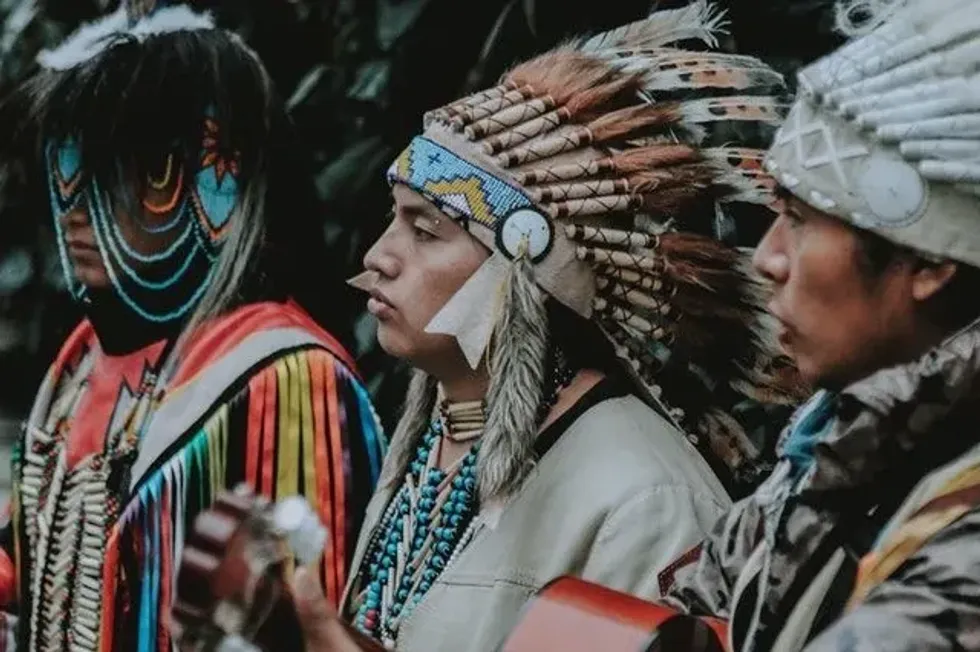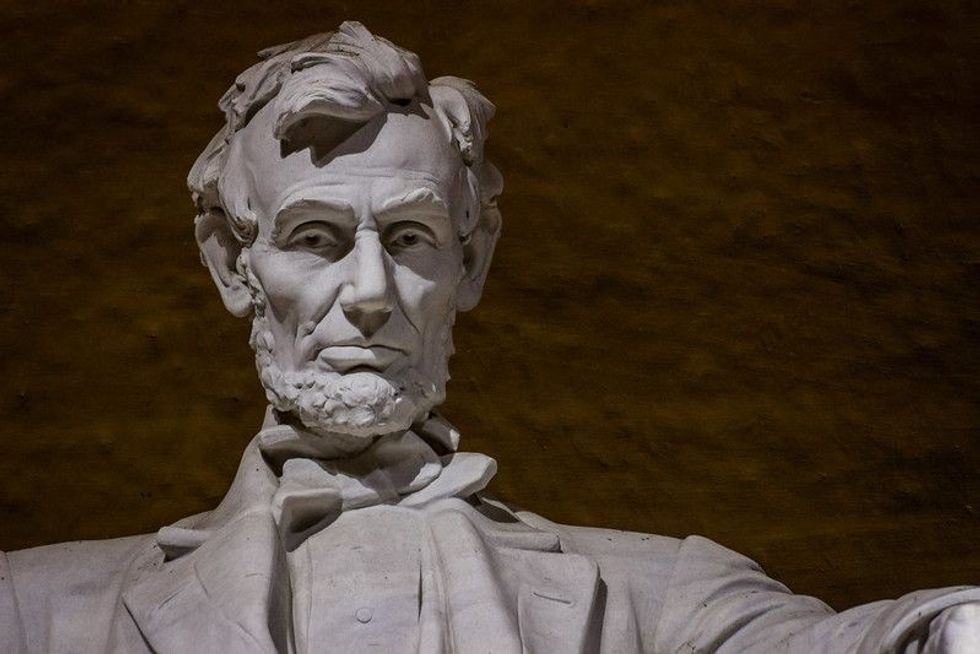The Prehistoric Period is the time when humans lived on Earth before any records of their activity.
We can roughly date this between 2.5 million years ago up until 1,200 B.C. This time period can be split into three different ages: The Stone, Bronze and Iron Ages. During Key Stage 2, kids will learn about this period.
There is lots we know about the beginnings of human history, but lots of the ins and outs of life in the early years still remains a mystery. We'll help you answer questions like, when was the stone age?
What did our ancestors wear? and what changes happened between the different parts of prehistoric history to help your child get to grips with KS2 history.
The first record we have of our ancestors is called the Stone Age, because they used stone tools and weapons. This was between 13000 BC and 4500 BC, roughly 12,000 years ago.
Between the Stone Age and the Iron Age, the metal bronze was first created, which is why we call it the Bronze Age. This was between the years 2500 BC and 1200 BC.
In 700 BC the metal iron became widely used, and we moved into the Iron Age. This period of history lasted until AD43 when the Romans invaded Britain, and the prehistoric era ended.
Differences Between the Stone Age and Iron Age
There are lots of differences between life from Stone Age to Iron Age times. These are the main ones that kids will learn about in Key Stage 2.
Homes
At the start of prehistoric times, our ancestors most likely lived in caves, to shield from danger and bad weather. They started making huts that were similar to teepees from sticks and animal skins.
Because they were hunter gatherers, they needed to move around a lot to find new food, so it was important that their homes could be rebuilt quickly. As time went on, they started to make houses from timber or stone, with roofs made from thatch, turf or animal hides.
The most popular houses in the Bronze Age and Iron Age were round houses which were made out of wattle and daub (woven wood and mud mixed with straw). They had a fireplace in the middle and families slept around the edges.
Tools
From the Stone Age to Iron Age, tools changed a lot. The first tools were used for hunting animals and were made out of stone.
The invention of bronze meant stronger tools, which changed the way our ancestors lived, worked and farmed. In the time from the Stone Age to the Iron Age, the wheel was invented, which meant animals could pull carts to transport things more easily. Irrigation systems and metal ploughs were also invented, meaning our ancestors could farm all year.
Clothes
In the Stone Age, people mostly made their clothes from animal skins.
During the Bronze Age, our ancestors made wool into cloth, so in the Iron Age this was more popular, and clothes were dyed with vegetable dyes.
Did You Know?

Stone circles were built in the Stone Age across the globe. In Britain, we have Stonehenge, which was started during the Stone Age, and finished over the course of 1000 years or more.
It is a mystery why the stone circle was created, but most of us believe that it was a place of celebrations, and is linked to the movements of the sun and moon.
The oldest buildings in Britain are in Skara Brae, which is a village that can be found on the Orkney Islands. It is estimated that Skara Brae was built between 3000 B.C.
and 2500 B.C. making it even older than Stonehenge. It's so well preserved that the furniture inside the homes are still intact, which has helped archaeologists learn a lot about Stone Age to Iron Age history.
The richest people from the Bronze Age to the Iron Age were most likely metalworkers.
The invention of metal meant a bigger divide between the rich and poor, which can be seen in burial sites of the rich, who were buried with bronze or iron tools and jewellery.
In Stone Age times, we have recorded some cave paintings, but during the Bronze and Iron Age, humans began to develop skills in early kinds of writing, like Egyptian hieroglyphics and Mesopotamian cuneiform.
Prehistoric Activities
A great KS2 book to help kids understand the prehistoric times is Stig of the Dump. Why not read Stig of the Dump together and ask questions about what they think Stig is thinking during the book to help your child get into the mindset of a prehistoric person?
Build a Stonehenge model out of biscuits, and host a prehistoric funeral or celebration.
Research the surviving prehistoric monuments from the Stone age to Iron age, and mark them on a map.
Get crafty and make Stone Age necklaces out of clay.
Design and make a model version of a roundhouse.









